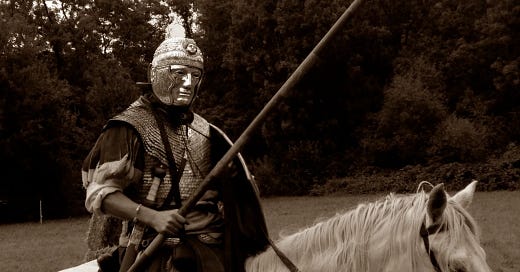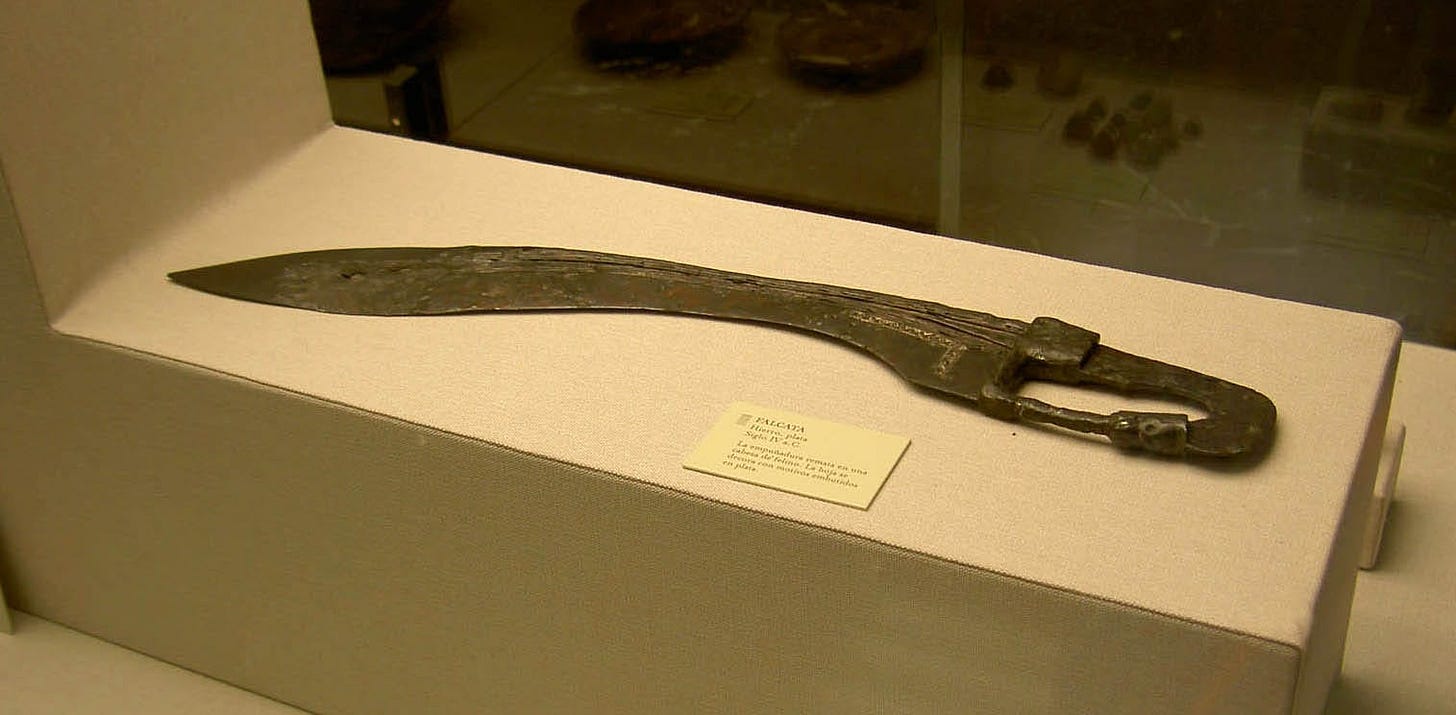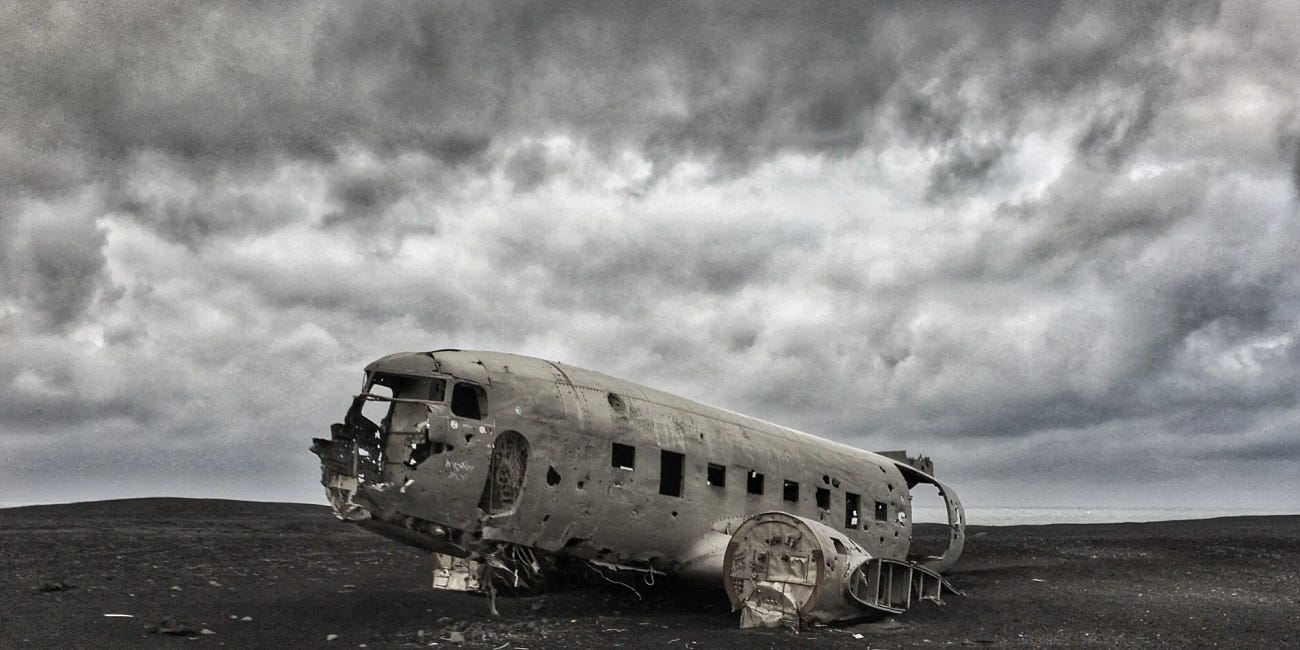Celtic Warriors Didn’t Give Up Spain to the Romans Without a Fight
Sickle-shaped swords and guerrilla tactics bloodied Rome
by ROBERT BECKHUSEN
Before the rise of the Roman Empire, the Celts were the preeminent warriors of a stretch of Europe from present-day Portugal to the Balkans. They didn’t accept defeat and subjugation easily—or slowly.
Of course, the ancient Celts were not a unified military power. Tribes varied in social organization, technology and military tactics. But they were highly skilled guerrilla fighters and adept horsemen who rode into battle to fight and impress.
One characteristic Celtic display was riding to meet an enemy army in chariots, pelt their foes with javelins and then hop out to fight on foot. This opening tactic might not have caused much direct damage, but the sight and noise of the chariots’ wheels were intimidating.
The Celtiberians, a hybrid people in ancient Spain, also proved resistant to Roman colonization for decades following the Second Punic War, when Rome defeated Carthage in 201 B.C.
Prior to the war, Carthage ruled over half of Iberia and included Celtiberian fighters among its ranks—but the tribes were far from united in backing the North African regime. Rome’s alliance with independent Celtic tribes helped expel Carthage from the peninsula.
However, this alliance of opportunity would not last, and Rome would again find itself at conflict. The Celtiberians made the Romans pay dearly for it in a war of attrition at a time when other wars ended after a handful of great battles, according to Tim Newark’s Celtic Warriors: 400 B.C.-A.D. 1600.
His descriptions of the Celtiberian Wars make for brutal reading. “The war in Spain was a succession of indecisive campaigns enduring through most of the second century B.C.,” Newark wrote. “Roman military incompetence and cruelty was particularly marked and provoked controversy among the politicians in Rome.”
During one Roman siege of a Celtiberian hill fort in 136 B.C., the Romans ran out of supplies and—having not planned for that happen, apparently—ran away without evacuating their sick and wounded. The Celts chased after the fleeing army and routed it.
The peninsula’s dispossessed poor turned to banditry as the war devastated farmlands and trade, and the Roman general Titus Didius deceived and then slaughtered a tribe that had resorted to feeding itself in such a manner.
It was terrible, and militarily stupid, as the massacre provoked a bigger rebellion. Celts with iron, sickle-shaped falcatas lobbed off Roman heads.
“Masters of their own hilly, forested landscape, they exhausted their enemies with relentless skirmishing and raids. Never hanging around long enough for a major confrontation, they humbled the reputation of many Roman generals … When [Publius Cornelius Scipio] arrived in Spain as overall commander [in 134 B.C.], he found a Roman army profoundly demoralized. Discipline was non-existent. Prostitutes and traders, along with fortune-tellers, had to be expelled from the army camps. The soldiers had been reduced to astrology for any signs of victory.”
Scipio, the grandson of famed Roman general Scipio Africanus, rebuilt the Roman armies in Spain and set out to besiege the key city of Numantia, which held 8,000 Celtic warriors.
A previous siege had failed—the Celts wounded a Roman war elephant which then turned and gored its masters, causing the army’s other elephants to panic and break. This time, Publius Cornelius Scipio aimed to starve Numantia into submission by building a nine-kilometer-long wooden fence around it complete with guard towers and moats.
Starvation was not his only tactic. Publius also reached out to smaller Celtic tribes that saw an opportunity to take down the relatively more powerful Numantines. His combined force reached 60,000—only 20,000 of them legionaries.
Thirteen months later in 133 B.C., the siege ended, with the surviving Numantines close to death and having resorted to cannibalism.
Newark bluntly described what happened next. “Scipio was untouched by the spectacle. Having chosen fifty warriors for his triumph, he sold the rest of the Numantines into slavery and set fire to their town.”
It was the last major battle of the Celtiberian wars. The term Numantian defense stayed—as an expression for a suicidal and determined last stand.
Read more:







